September, AD 81. The center of the Roman Empire - the Roman Forum! A new monumental arch, one of many, splendid monuments in the forum, has just been completed; and the Emperor himself, Domitian, is going to perform the dedication ceremony. Events don't get much bigger than this!
Digital Activities
These sections have been moved to the Cambridge Elevate platform. Please click below to go to Elevate. Elevate
WebBooks
The Stories
Practising the Language
Please note: the Cultural Background weblinks section has been removed.

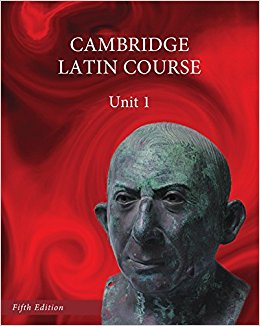












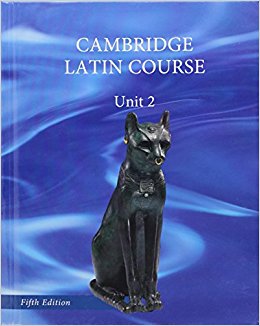








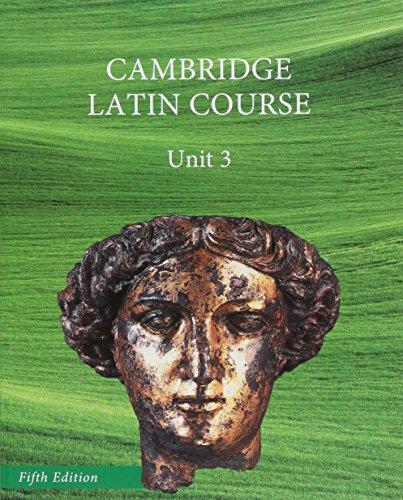













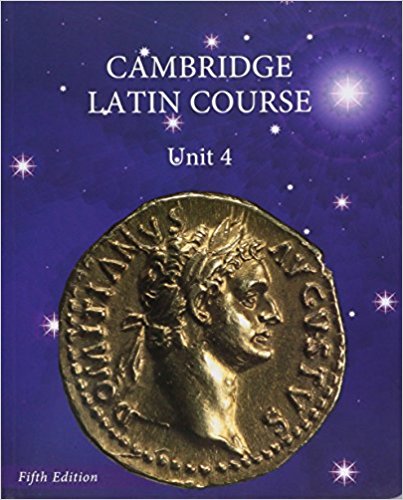














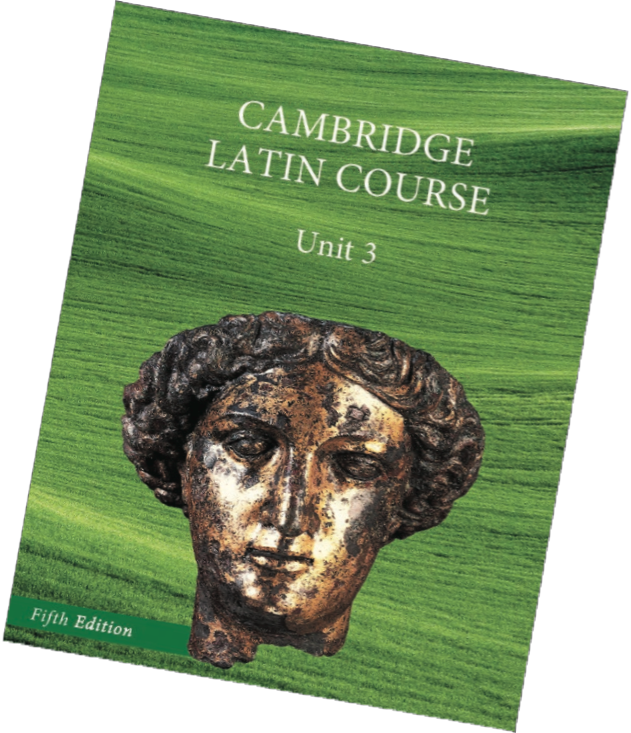

 CSCP on Twitter
CSCP on Twitter